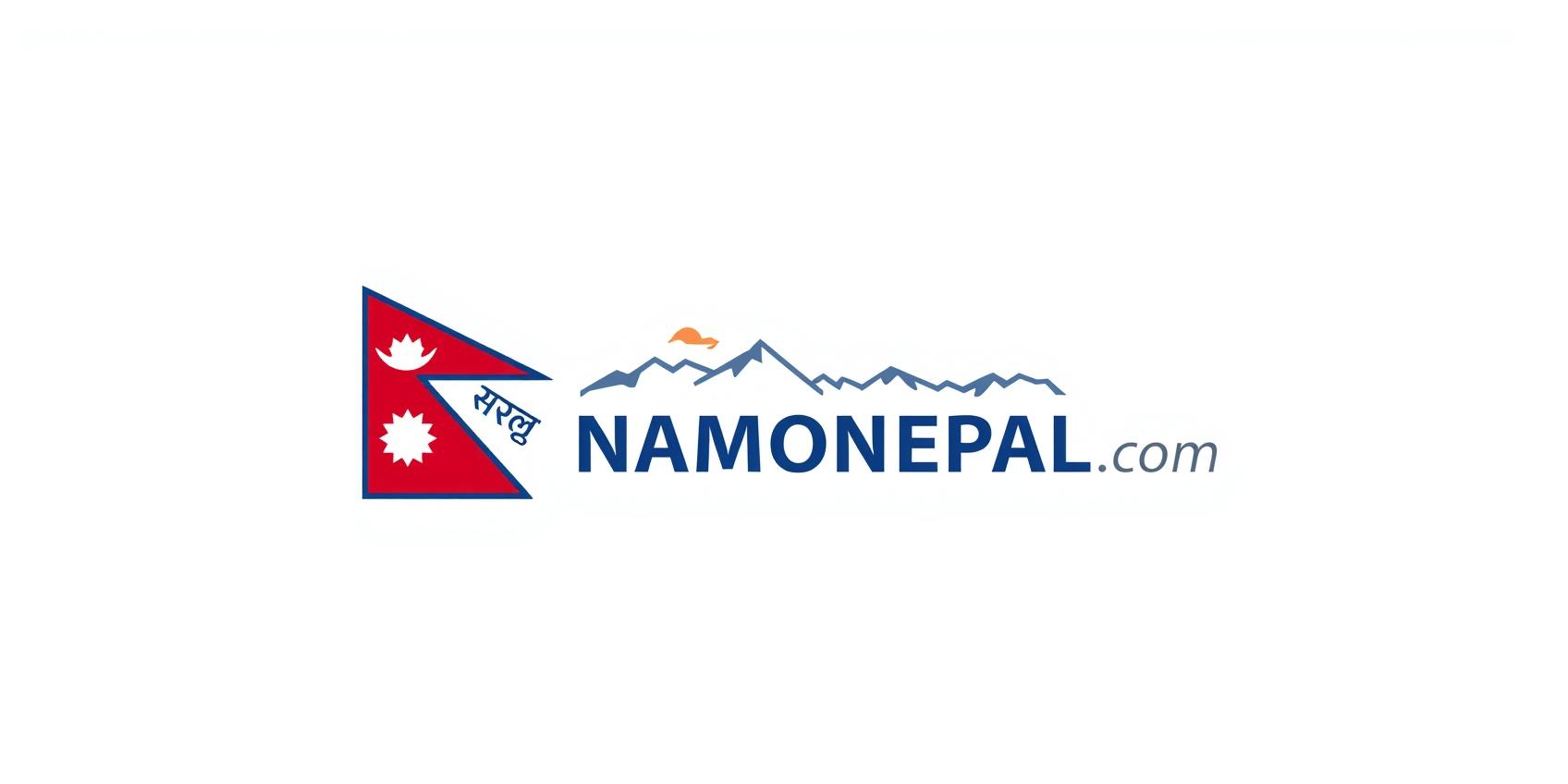Stay Safe and Healthy: Preventing and Managing Altitude Sickness in Nepal
Traveling to Nepal's majestic highlands requires preparation not only for breathtaking views but also for the risks posed by altitude sickness. Affecting anyone ascending above 2,500 meters (about 8,200 feet), altitude sickness can cause symptoms ranging from mild headaches to life-threatening conditions. This comprehensive 2025 guide provides clear prevention strategies, symptoms recognition, treatment options, and expert advice to help you enjoy Nepal’s treasures safely.

Why Prioritize Altitude Sickness Prevention?
Safety, Comfort, and Enjoyment in the Heights
- Prevent debilitating symptoms that can halt your trek or travel.
- Enjoy your trip fully by staying healthy and energized.
- Avoid emergencies requiring costly and difficult evacuation.
- Ensure safe acclimatization to challenging altitudes with medical and practical precautions.
2,500 m
common start of symptoms
Up to 75%
of rapid ascenders develop AMS
50%
symptoms reduction with Diamox
2-3 days
recommended rest day interval
Understanding Altitude Sickness: Causes and Symptoms
Why Does It Happen and How to Spot It
When you ascend to higher altitudes, the decreased air pressure reduces oxygen availability. Your body reacts as it struggles to adapt, leading to Acute Mountain Sickness (AMS). Symptoms can develop within hours to days and include headaches, dizziness, nausea, vomiting, fatigue, loss of appetite, insomnia, and breathlessness.
More severe forms include High Altitude Pulmonary Edema (HAPE) where fluid collects in the lungs, and High Altitude Cerebral Edema (HACE), characterized by swelling of the brain. These conditions are life-threatening and require immediate descent and medical care.


Key Strategies for Prevention & Early Action


How To Manage Symptoms and When To Act
Mild Symptoms: Rest, hydrate, take painkillers (acetaminophen or ibuprofen).
Moderate Symptoms: Prolonged rest, consider acetazolamide, delay ascent.
Severe Symptoms (HAPE/HACE): Immediate descent of at least 500-1000 m is crucial. Administer supplemental oxygen if available, seek medical care urgently. Avoid sleeping medications as they can worsen oxygen deprivation.
👁
Monitor Symptoms
💊
Use Medication
🤹
Descend Urgently
💋
Oxygen Treatment
⛔
Avoid Sedatives
Altitude Sickness: Practical Tips and Traveler Stories
Altitude sickness prevention starts before your trip: consult your healthcare provider early, condition yourself with cardio training, and plan an itinerary respecting altitude gain limits. On the trail, listen to your body and don’t race to the summit.
Travellers often share how slow pacing and proper hydration preserved their health, while rushing caused severe discomfort and evacuation. A prepared trekker is a safe trekker.

Medical Treatments and Tools for Altitude Sickness
Treatment Options Beyond Prevention
Treatment Overview
If symptoms develop, treatment involves stopping ascent or descending immediately, oxygen therapy, and medication including Acetazolamide and Dexamethasone. Portable hyperbaric chambers (Gamow bags) can simulate descent when evacuation is difficult.
Medication Notes and Warnings
Medications serve both prophylaxis and treatment but never replace gradual acclimatization. Ibuprofen can alleviate headache while anti-nausea drugs ease vomiting. Multi-drug regimens are tailored per individual risk.
Emergency Recognition
Emergency recognition is crucial—signs of HACE/HAPE include confusion, breathlessness at rest, and inability to walk straight (ataxia). These are serious warning signs requiring immediate action.
Special Considerations
Travelers with prior altitude sickness have greater risk. Children and older adults require special consideration. Always travel with an experienced guide familiar with altitude medicine.
Stay Safe, Enjoy More – Master Altitude Sickness Prevention
Empower your Nepal trek or high-altitude travel with proven prevention and care strategies. Your journey is precious—take care of your health to enjoy every moment.

Quick Altitude Safety Checklist
- Ascend gradually, max 300-500m climb in sleeping elevation over 3,000m
- Hydrate intensively (3-4 liters per day)
- Avoid alcohol and sedatives
- Eat carbohydrate-rich diet
- Know and monitor symptoms (headache, dizziness)
- Carry recommended medication (e.g., Acetazolamide)
- Have evacuation plan and travel insurance
Altitude Sickness – Your Questions Answered
Below are common questions about altitude sickness symptoms, prevention, and treatment.
Protect Your Journey – Prepare for Altitude Sickness
Knowledge and careful planning can prevent altitude sickness from ruining your Himalayan adventure. Use this guide, consult your doctor, and travel safely to make unforgettable memories.

